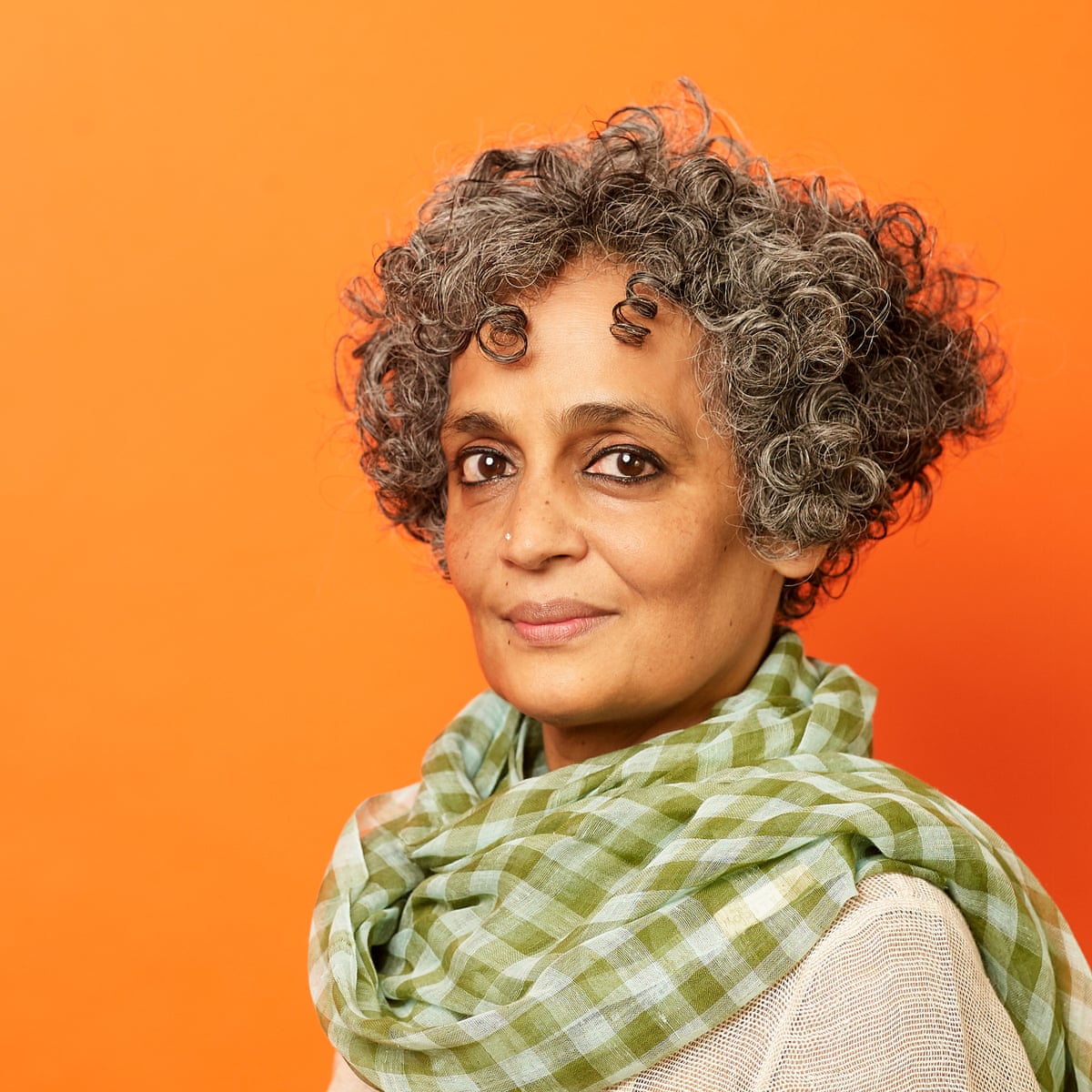Written in devastatingly beautiful prose, Arundhati Roy's The God of Small Things starts with an immense tragedy - the drowning of a young English girl - and unravels everything before and after, traversing time and generations to do so.
It is an intensely visual novel. It wouldn't be inaccurate to say the ultimate god of small things is Roy herself. Her descriptive form follows the narrative of the novel. If she wants to describe a room or an event, she starts by focusing in on the poetry of the smallest adjacent objects and expands out. While much of the praise The God of Small Things received, including that printed on the book, compare her to Faulkner, but I tend to think this style more original.
The words "white supremacy" or "Eurocentrism" never appear in The God of Small Things, but they play a central role in the destruction. Roy rather than baking the love of everything white and European into her characterization directly, she takes the more subtle and difficult route of integrating these concepts into the objects that make up the novel's setting, the character's clothes, the way other people interact with them, etc.
There are tons of examples as to how fun and original this prose style can be. Anyone with Fox News loving, paranoid grandparents can relate to this passage:
"She was frightened by the BBC famines and television wars that she encountered while she channel surfed. Her old fears of the revolution and the Marxist-Leninist menace had been rekindled by new television worries about the growing numbers of desperate and dispossessed people. She viewed ethnic cleansing, famine and genocide as direct threats to her furniture.
She kept her doors and windows locked, unless she was using them. She used her windows for specific purposes. For a Breath of Fresh Air. To Pay for the Milk. To Let Out a Trapped Wasp"
Everything from the sentence casing on the uses for windows to the "direct threat to furniture" makes an enjoyable read.
I think one of my favorite things about Roy, on in full display writing this book, is how well she writes children. All the nuanced adorableness in their dialogue, things like "feeling vomity" or "afternoonmare", and in their view of the world. The novel focuses mostly on Rahel and Eshta; young precocious twins whose inner thoughts, expressed exactly how you would expect a child's thoughts to be, pepper the story and whose simplicity adds anything from humor to debilitating grief to any given moment.
Of course the beauty of the style is on full display too. Without spoilers, my favorite line in the book pertains to the way the caste system destroyed the possibility of working-class solidarity in the Indian Communist movement (as demonstrated by the event central to the novel): "And there it was again. Another religion turned against itself. Another edifice constructed by the human mind, decimated by human nature".
Absolutely stunning.


No comments:
Post a Comment